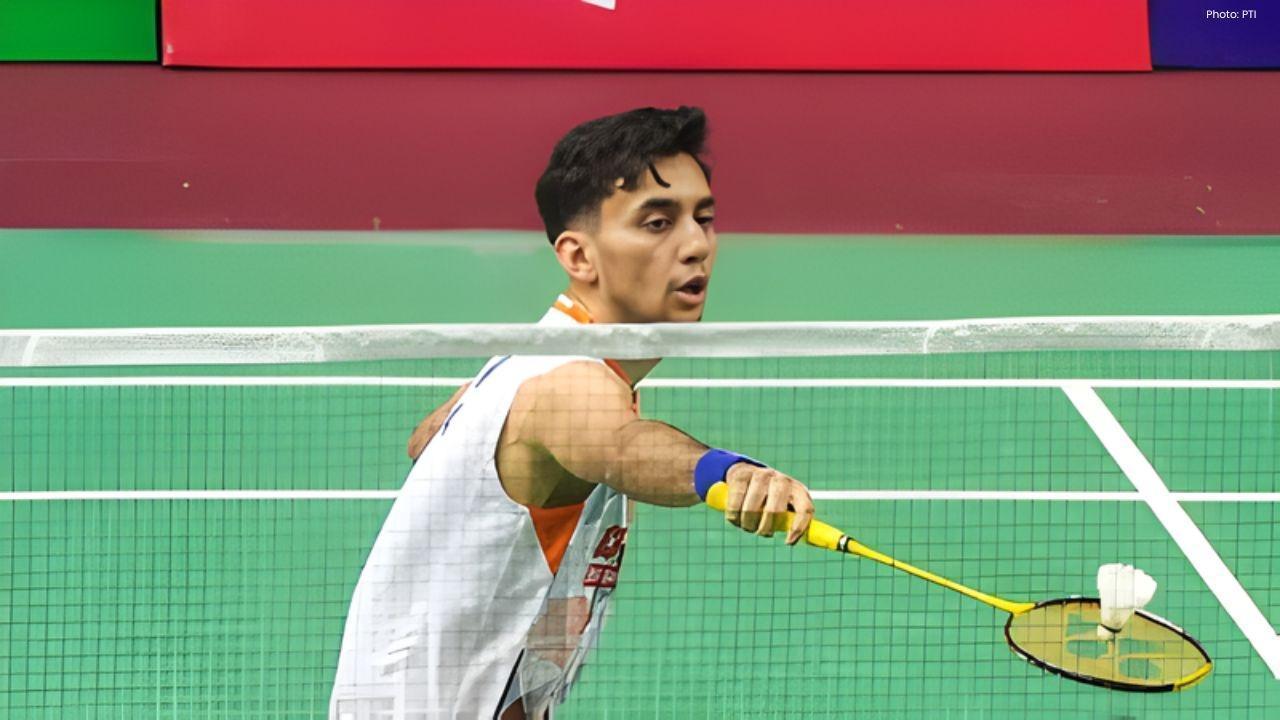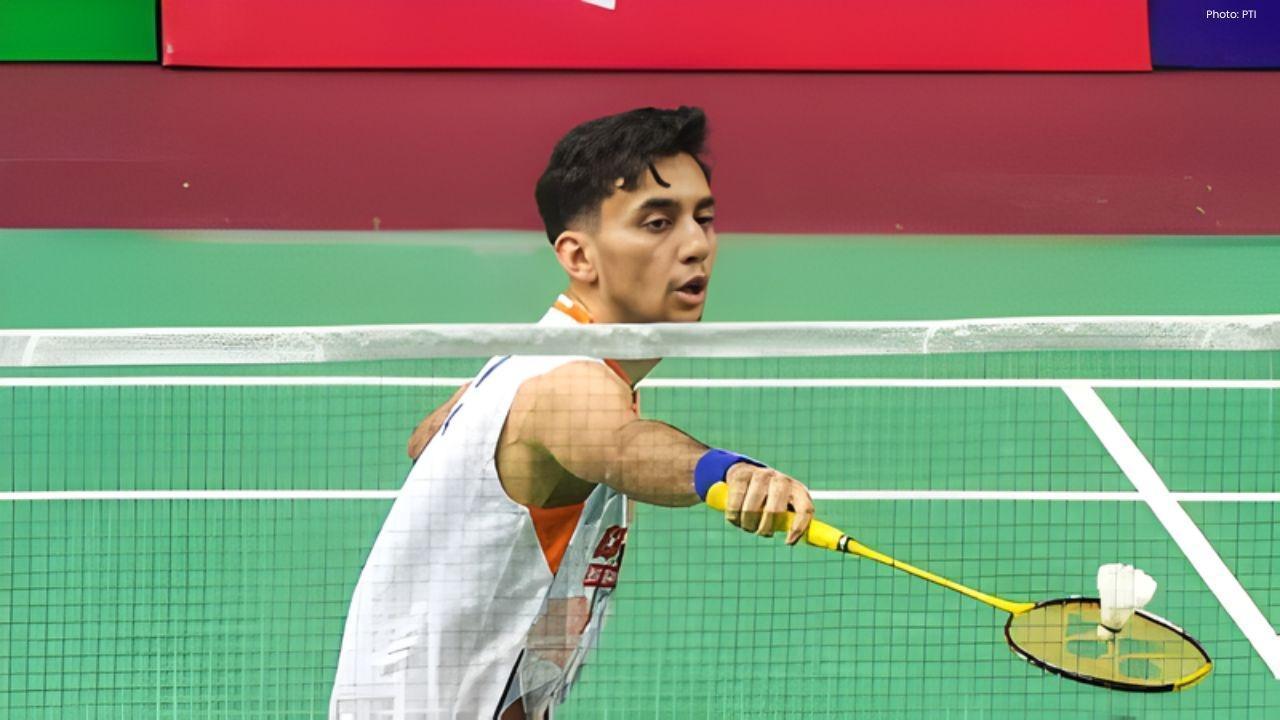
Post by : Anees Nasser
With rising energy costs across Indian cities, the tendency to consume more electricity has increased due to fluctuating weather patterns. Many households are relying on fans and air-coolers for longer periods during the scorching summer, as well as heating systems during unexpectedly cold spells. Even homes that don't typically use high-demand appliances find their energy consumption surging.
This shift underscores the importance of energy efficiency, transforming it from a mere environmental choice into a critical household necessity. The optimistic aspect is that enhancing your home's energy efficiency doesn’t demand a significant financial input. By implementing small, thoughtful modifications—most of which are inexpensive or free—you can markedly lower energy consumption, reduce your monthly bills, and cultivate a more comfortable living atmosphere.
Below is a comprehensive guide that outlines practical, low-cost steps every household can embrace, regardless of whether they rent or own their home.
Increasing electricity prices are being observed in numerous regions, with essential appliances like refrigerators, coolers, and geysers often accounting for a large portion of energy expenditures. Optimizing appliance usage can diminish this longstanding financial strain.
Erratic weather conditions lead to an uptick in appliance use such as fans, ACs, and heaters. Inadequate insulation or inefficient home designs exacerbate energy consumption as they necessitate appliances to work harder to achieve comfort.
Though individual actions may appear minor, cumulative household energy savings can significantly alleviate grid stress, decrease emissions, and contribute to sustainability efforts. This is vital in expanding urban areas, as each efficient home adds up to create a larger collective impact.
Effective usage of household appliances ensures the longevity of motors, compressors, and heating elements. By preventing strain, you can reduce repair and replacement costs down the line.
Here are some straightforward, cost-effective approaches that can be adopted without requiring renovations or costly purchases.
LED bulbs consume up to 80% less energy than older lighting solutions and last significantly longer. Begin replacing bulbs incrementally, starting with the most frequented rooms, for noticeable savings in a matter of months.
The price of LED bulbs has plummeted.
They not only lower electricity usage but also emit less heat, keeping indoor spaces cooler.
Utilize warm-white LEDs in living spaces and bright-white LEDs in kitchens or work areas.
Many devices, including chargers, microwaves, and TVs, continue to draw power even when they are turned off, leading to unnecessary 'phantom consumption' on your bills.
Plug all devices into a power strip and turn it off each night.
Or, get into the habit of unplugging devices when they’re not in use.
Phantom load can constitute 5-10% of total energy costs each month.
Maximize the use of daylight and natural airflow before resorting to electrical lighting and cooling.
Open windows strategically for cross-ventilation.
Utilize light-colored window treatments that allow light while reducing heat.
Rearrange furniture to enhance light distribution.
These strategies will lessen the need for artificial lighting and help maintain cooler indoor conditions naturally.
Dirt accumulation can significantly impede appliance efficiency.
Clean blades at regular intervals.
Lubricate the motor if it becomes noisy; smoother motions consume less energy.
Increase fan speed only if absolutely necessary.
Cleansing cooling pads is essential.
Maintain a fresh water supply in the tank.
Position the unit in a location where fresh air circulates.
Actions like these can contribute to effective cooling while reducing energy consumption.
The kitchen is a primary area for energy expenditure.
Pressure cookers can cut energy consumption by up to 70%.
Cover pots to trap heat while cooking.
Use larger pans on smaller burners to minimize wasted heat.
Pre-soaking ingredients like beans can decrease cooking durations.
For those using induction stoves, flat-bottomed cookware enhances efficiency.
Most power consumption from washing machines occurs while heating water.
Opt for cold wash settings for everyday laundry.
Wash in full loads rather than several smaller ones.
Air-dry laundry whenever possible to save on dryer energy.
Making this switch could significantly benefit your electricity expenses.
AC units and heaters rank among the top energy consumers in homes.
Adjust AC settings to 24-26°C for optimal cooling.
Activate 'sleep mode' during the night for a decrease in energy usage.
Sealing minor gaps around doors and windows can help maintain indoor cooling.
Monthly maintenance of AC filters is essential.
For heaters:
Layer clothing to reduce heating needs.
Minimize continuous heater operation by using shorter intervals.
These simple alterations can lead to reduced power use.
Effective insulation doesn’t necessarily mean high expenses.
Thick curtains can block summer heat and retain warmth in winter.
Door draft stoppers at the base of doors can prevent air leaks.
Rugs or carpets help diminish heat loss from cold floors.
Adding reflective sheets to sun-exposed windows can help minimize heat gain.
These minor adjustments stabilize interior temperatures and alleviate appliance workload.
Your refrigerator operates continuously, so even minimal improvements help.
Maintain it 70-80% full for optimal efficiency.
Avoid frequent door openings.
Inspect the door gasket to ensure it seals effectively.
Make certain that there’s adequate airflow behind the fridge to reduce compressor strain.
Regular defrosting is essential for non-frost-free models.
A well-cared-for refrigerator consumes considerably less energy.
Geysers and water pumps often run longer than necessary.
Install timers or develop a practice of turning off after 10-15 minutes.
Heat water right before use instead of keeping geysers on throughout the morning.
Employ alarms or automatic shut-offs on water pumps to control usage.
Many modern appliances feature energy-efficient modes.
TVs with power-saving options
Washing machines with eco settings
ACs featuring a dry function for humid conditions
Laptops that come equipped with battery-saving settings
These functionalities optimize efficiency while curtailing electricity consumption.
Strategic placement of furniture and appliances can lighten the load on your systems.
Keep large furniture away from sunny windows.
Avoid situating refrigerators near ovens or stoves.
Ensure fans and coolers have unobstructed airflow.
Allow pathways for natural airflow to circulate.
Long-term strategies like these promote naturally cooler environments.
While comprehensive solar installations can be costly, smaller solar solutions are much more accessible.
Solar garden lights
Solar power banks
Portable solar lanterns
Solar-powered motion lights for entryways
These options help lower your electricity usage without significant financial commitment.
Simply being aware of your consumption can lead to reductions.
Check your energy meter weekly.
Track which appliances drive up usage.
Compare monthly energy bills to identify trends.
Recognizing usage patterns often leads to more mindful consumption among families.
One small change may not drastically reduce bills, but multiple adjustments can yield substantial benefits.
LED lighting plus proper fan maintenance
Smart AC settings and effective window shading
Maintaining refrigerator efficiency coupled with minimized standby energy waste
Improved cooking strategies and full loads in washing machines
The aggregate impact of these measures is significant and sustainable.
Focus on items that can be easily replaced, like bulbs and energy-efficient curtains.
Rearranging rooms can optimize airflow without requiring any new investments.
Portable insulators, such as rugs, can assist in retaining heat or coolness.
Consider investing in solar film, ceiling insulation, or upgrading old appliances.
Investigate inverter-based appliances for long-term savings.
Seal any permanent openings to improve energy efficiency.
Both renters and homeowners can adopt nearly all of the proposed steps without needing structural alterations.
Utilize thick curtains in areas exposed to direct sunlight.
Regularly clean fan blades and cooler pads for maximum efficiency.
Set ACs to 25°C with the sleep function activated.
Maintain proper airflow to prevent strain on appliances.
Ensure adequate ventilation to avoid humidity-related problems.
Utilize AC dry modes as needed.
Prioritize electrical safety during wet conditions.
Layer clothing to decrease heater reliance.
Let in sunlight in the morning to warm up spaces naturally.
Block drafts to maintain indoor warmth.
Energy efficiency doesn't hinge on costly gadgets or intricate systems; it begins with understanding energy dynamics in everyday life and making minor adjustments to prevent waste. Whether it’s switching to LEDs, ensuring appliances are well-maintained, or maximizing natural light, inexpensive solutions can lead to remarkable cuts in energy use.
By implementing even a fraction of these strategies, households can not only lower their electricity bills but also prolong the lifespan of their appliances and create a more pleasant living environment year-round. Remember, energy efficiency isn’t merely a one-off task—it’s a collection of small practices that yield daily benefits.
This article offers general recommendations aimed at enhancing household energy efficiency. The actual outcomes can differ based on variables like home size, local climate conditions, age of appliances, and individual usage behaviors.










Curry Powers Warriors to Nail-Biting 109-108 Victory Against Spurs
Stephen Curry's 49 points propel the Warriors to a dramatic 109-108 NBA Cup triumph over the Spurs,

India Advances to Semi-Finals After Thrashing USA in Women’s Blind T20 World Cup
India secured a dominant ten-wicket victory over the USA, advancing to the semi-finals in the Women’

South Africa's Early Advantage as India Struggles on Day Two
On Day Two, India reached 138-4 as South Africa took three early wickets, complicating matters with

Kenta Nishimoto Defeats Lakshya Sen in Japan Masters Semifinal
Lakshya Sen's journey in the Japan Masters ends after losing to Kenta Nishimoto 19-21, 21-14, 12-21

Kenta Nishimoto Defeats Lakshya Sen in Japan Masters Semifinals
Lakshya Sen's run at the Japan Masters concludes with a loss to Kenta Nishimoto in the semifinals, 1

Major IPL Trade: Jadeja Joins Royals as CSK Signs Samson
In a significant IPL trade, CSK has acquired Sanju Samson from Rajasthan Royals in exchange for Ravi